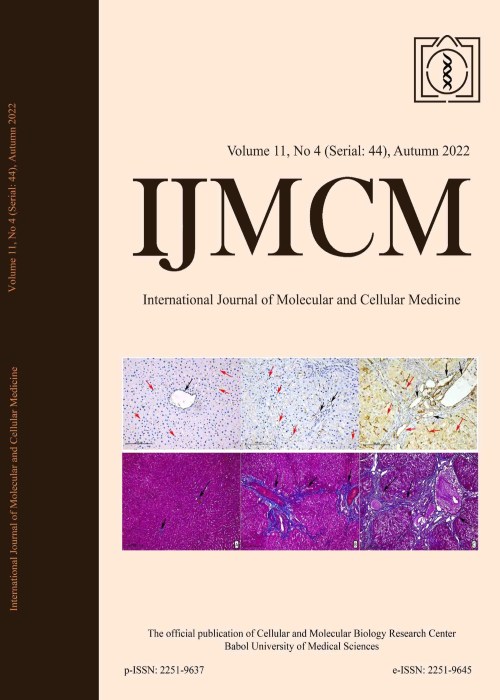Isolation, Identification and Screening of Saharan Actinomycete Strain Streptomyces fimbriatus AC31 Endowed with Antimicrobial Activity
The increasing global public health concern of antimicrobial resistance (AMR) necessitates exploration of natural antimicrobial agents as potential alternatives. This study aimed to investigate antimicrobial activities of Saharan actinomycetes, with specific focus on the strain Streptomyces fimbriatus AC31, that holds promising potential as an alternative to combat AMR. In this context, 32 actinomycetes were isolated from El Atteuf (Ghardaïa), Algeria. Isolates obtained were characterized morphologically and biochemically. Screened isolate was identified by 16S rRNA gene sequencing. Classification of actinomycete isolates was carried out by UPGMA (Unweighted Pair Group Method with Arithmetic Mean). Then, they were screened for their antimicrobial activity by cross-streak method. Identification of 32 isolates revealed 5 genera: Streptomyces (65.63%), Nocardia (9.38%), Streptosporangium (9.38%), Nocardiopsis (9.38%) and Actinomadura (6.25%). According to the biochemical and physiological characteristics, UPGMA classified the isolates in 4 phenons. A number of 24 (75.00%) isolates were active against Gram-positive bacteria, 21 (65.63%) isolates were effective against Gram-negative bacteria, and 25 (78.13%) isolates inhibited Candida albicans. Screened strain Streptomyces fimbriatus AC31 showed highest antagonistic activity and revealed an inhibition zones of 41, 38, 41, 42, and 44 mm, against B. subtilis (ATCC 6633), E. coli (ATCC 8739), S. typhimurium (ATCC 13331), S. aureus (ATCC 6538) and C. albicans (ATCC 10231), respectively. Phylogenetic identification of the AC 31 isolate using 16S rRNA gene sequence showed similarity of 100% with Streptomyces fimbriatus NBRC 15411T. Actinomycete isolates characterized in this study were endowed with antimicrobial activity against various pathogenic microorganisms that could be used efficiently in developing new antimicrobial substances.
- حق عضویت دریافتی صرف حمایت از نشریات عضو و نگهداری، تکمیل و توسعه مگیران میشود.
- پرداخت حق اشتراک و دانلود مقالات اجازه بازنشر آن در سایر رسانههای چاپی و دیجیتال را به کاربر نمیدهد.


